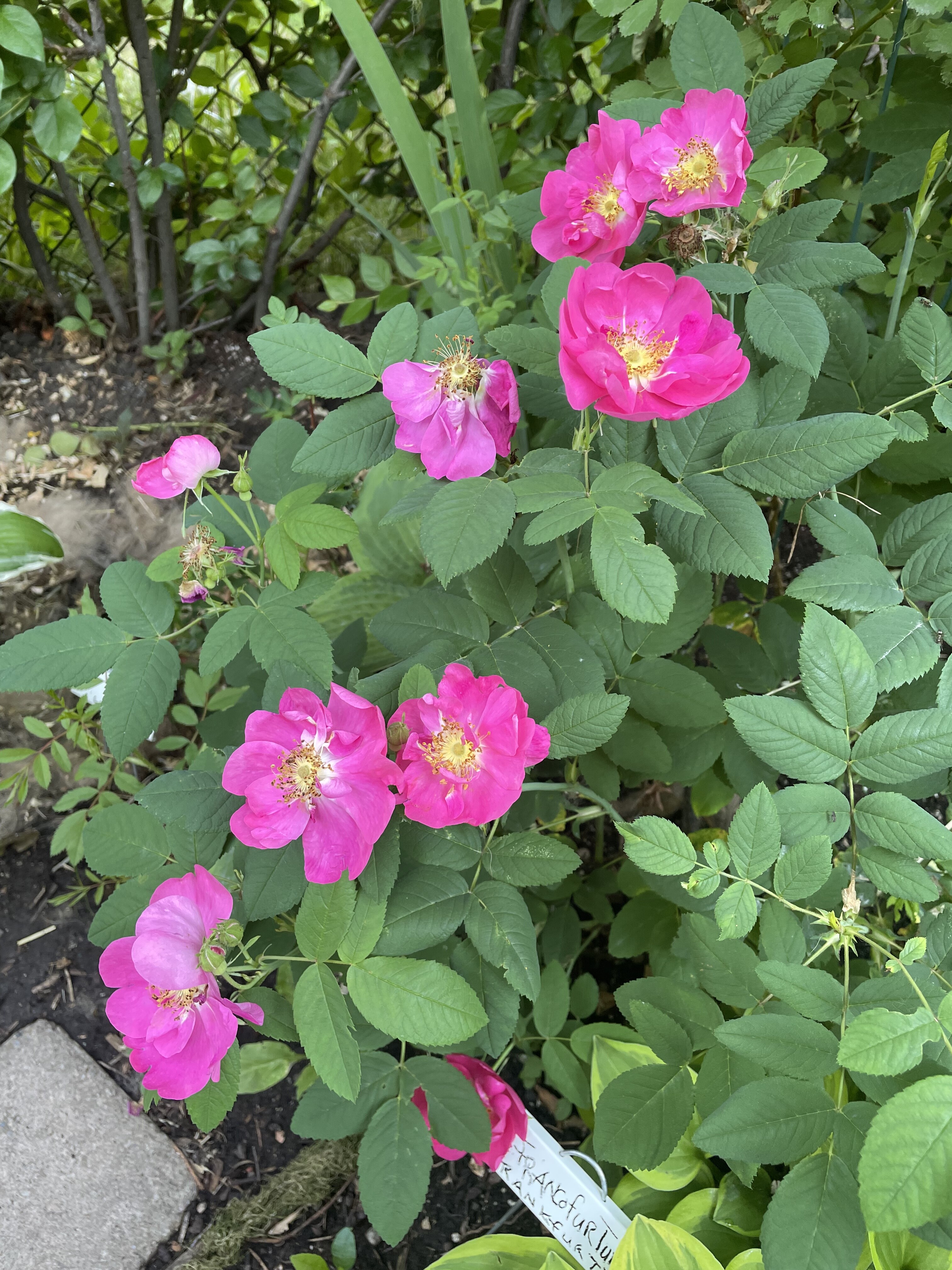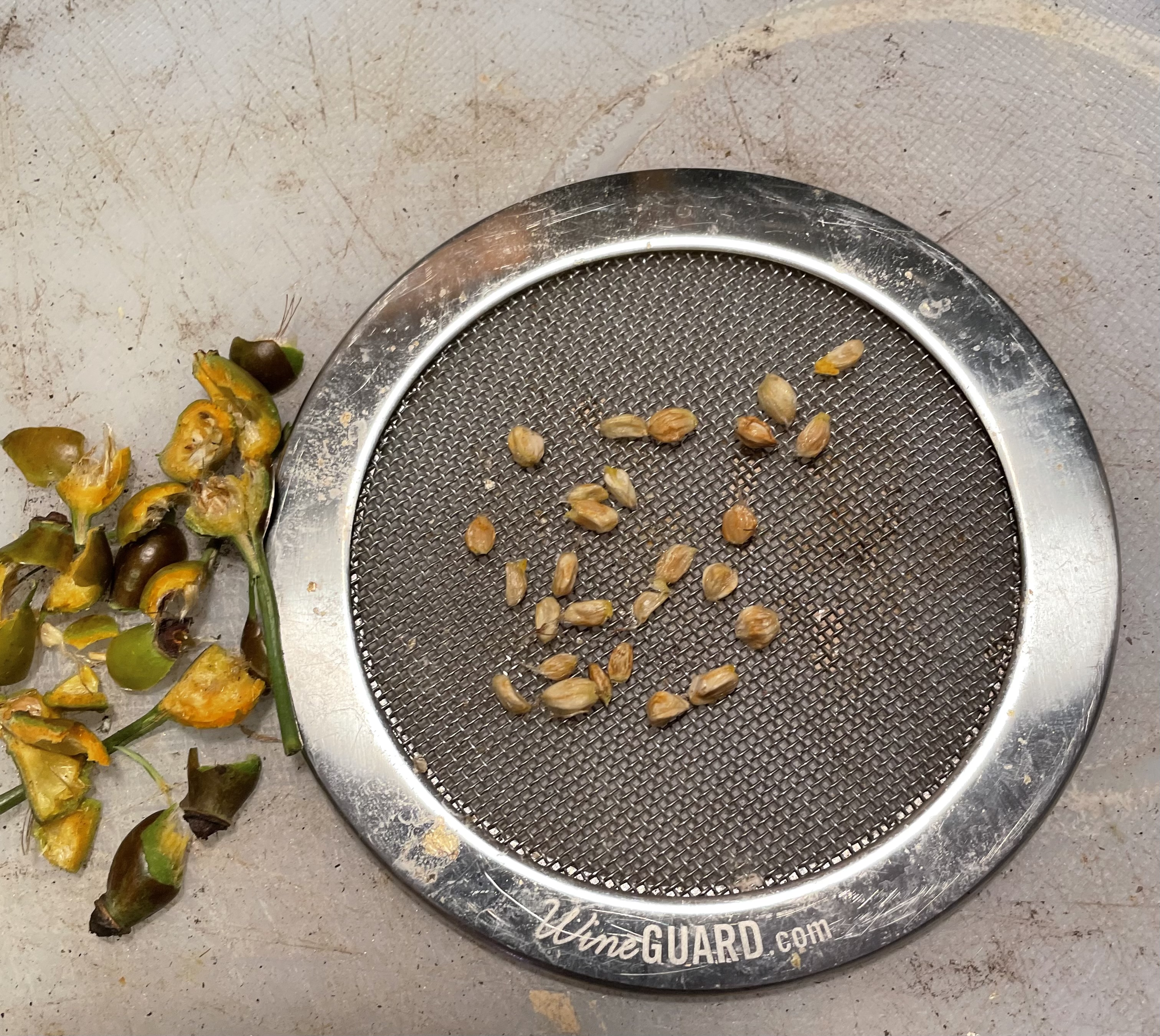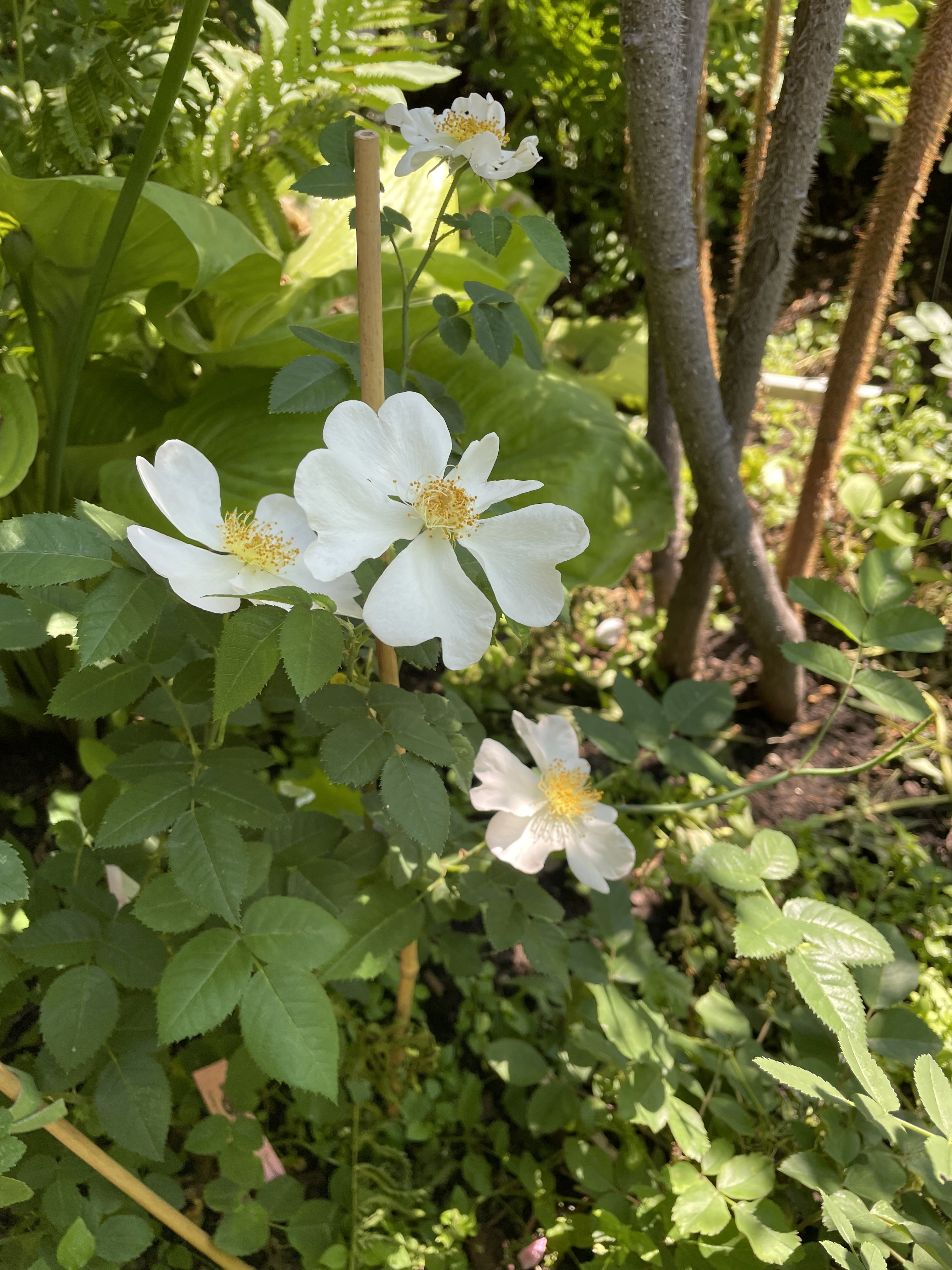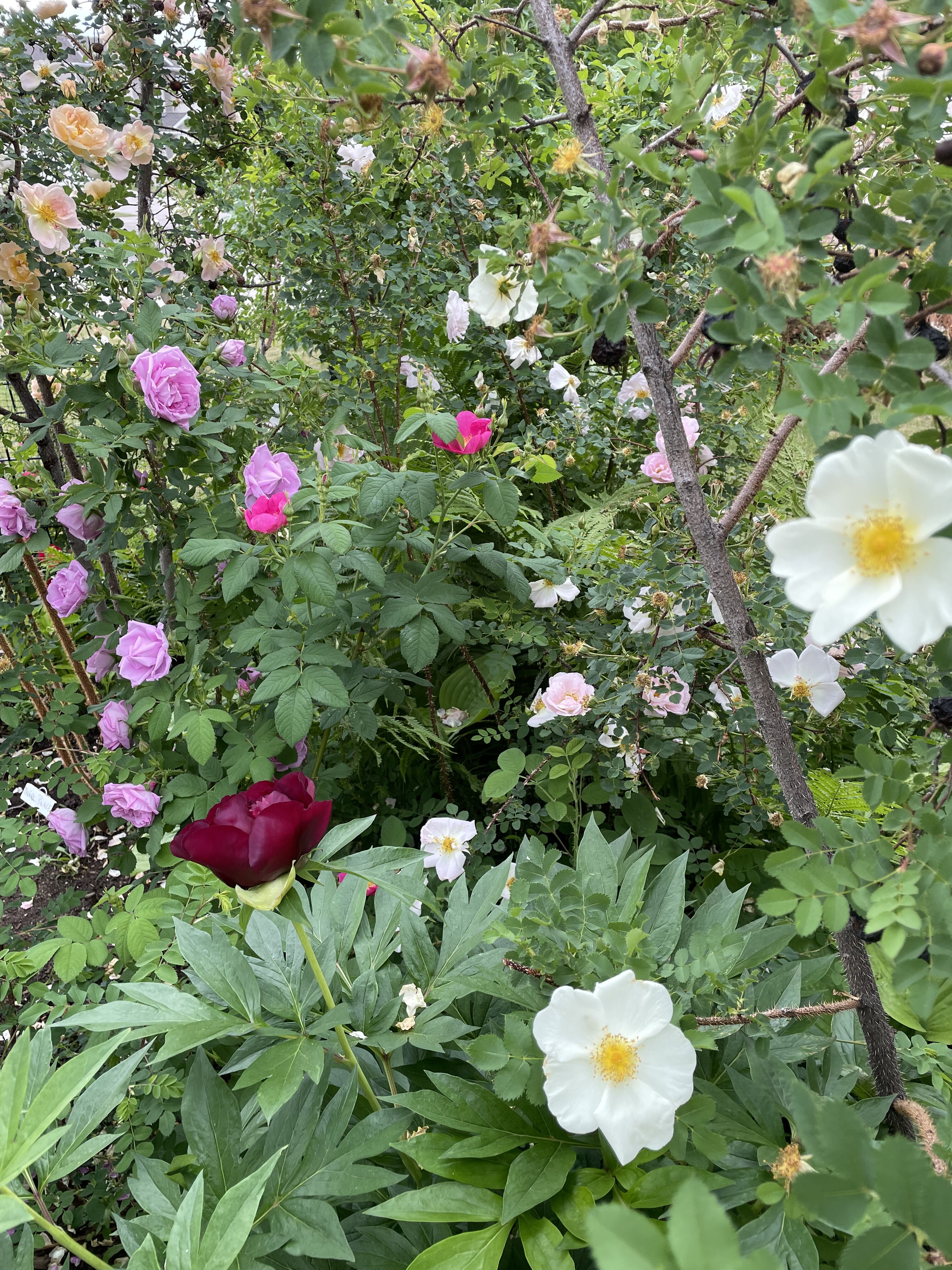… for those interested below an excerpt from Pirjo Rautio article in " Newsletter of the World Federation of Rose Societies, Conservation and Heritage Group, Vol 13 - 12-2015" … article touches and ties into francofurtana family via Agatha and Splendens both of which grow well in the country. I won’t reproduce photos, but first passage bloom photo is what my Agatha blooms looks like … the second section is on a Finnish rose named R. splendens … my R. francofurtana (new) and R. splendens (old) don’t yet provide enough of a comparative memory to say yes there the same in my garden … leaving it to experts.
Pirjo has passed on.
“HISTORIC ROSES IN FINLAND”
By PIRJO RAUTIO
"R. x francofurtana F: kirkonruusu, Sw: kyrkgårdsros (”churchyard rose”) (R. cinnamomea x gallica) is fairly widespread in Finland, but it was generally overlooked prior to the late 1980’s. In Sweden this rose is frequently planted in cemeteries, but in Finland it is usually found in the grounds of old manor houses.
There are two distinct forms of ”the churchyard rose”: a southern and a northern one. DNA analyses indicate that the northern form has more R. cinnamomea influence than the southern form, and probably arose when this latter
backcrossed to our native R. cinnamomea.
The ”churchyard rose” forms a lax, untidy bush 2-2,5
metres high with large, dark green leaflets. It blooms for about three weeks during July. The flowers are 7-
8 cm in diameter, double, lightly scented, in lilac rose tints. The bush suckers freely, enabling this rose to
be spread easily.
Another important francofurtana is the showy Rosa gallica ’Splendens’, F: valamonruusu, ”Valamo rose”. In Sweden this rose is called “Frankfurt”. ’Splendens’ is common throughout Finland, and performs well in northern regions of the country.
The Finnish name “valamonruusu” arose as a result of a garbled translation: the French ’Rose Pavot’ or ’Poppy Rose’ became in Swedish “valmoros” which was misunderstood by Finnish speakers as pertaining to Valamo Monastery. Although the rose has no connection with the monastery, the name has stuck. On good soil this vigorous rose can grow into an upright bush up to 2 metres high.
While in bloom from the end of June for about three weeks it is a splendid sight with an abundance of glowing, carmine red, almost single blooms, with the golden stamens well displayed. A good crop of orange, pear-shaped hips follows in September. ”Valamo” has spread from one garden to another by means of its freely produced suckers."





